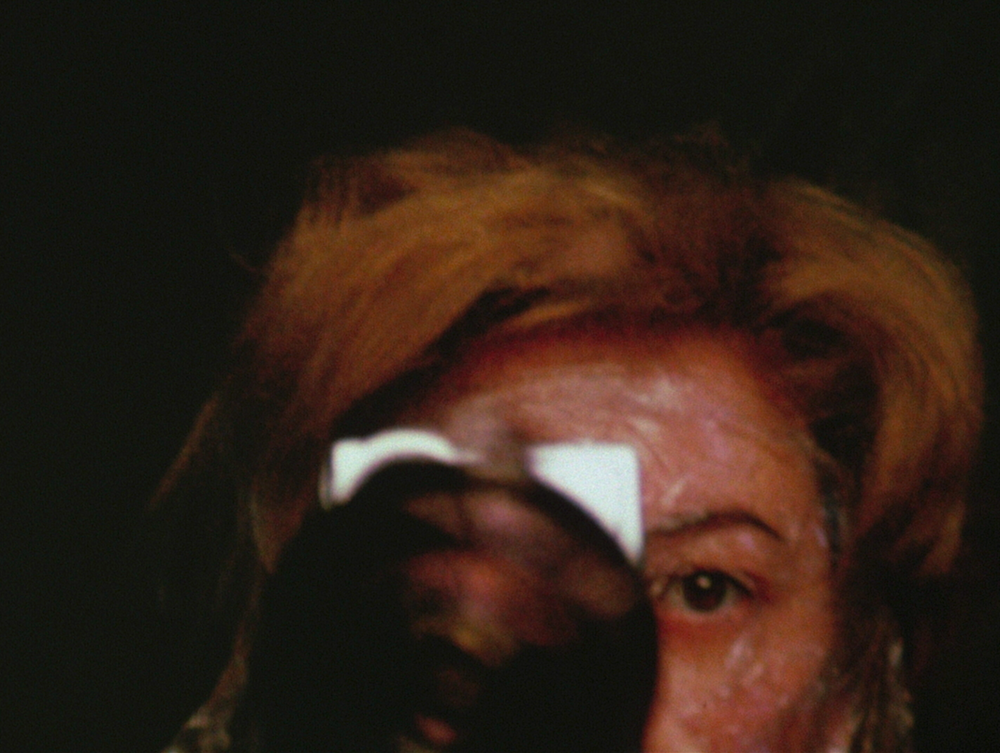
‘In the winter of 1972, Joyce Wieland drove north of Montreal to the small town of Mont-Laurier in order to make a film about the Quebecois activist and journalist, Pierre Vallières. With a small crew consisting of herself and two other women — Judy Steed recording sound and Danielle Corbeil acting as translator — Wieland shot what was to be one of the last films she made during her artistic career. Pierre Vallières (1972) lasts as an articulate distillation of both her radical sensibility as a filmmaker within the context of structuralist film, as well as a piece of experimental evidence of a key moment within Canadian political and social history.
‘Wieland had only just returned to Canada after living in New York City since 1963, where she had become productively embedded in the city’s experimental and avant-garde film scene. Upon arriving in New York, she began attending Jonas Mekas’ Filmmaker’s Showcases at the Gramercy Arts Theatre. Despite it being still very much a predominantly male community, Wieland was welcomed into the scene by the dancer and filmmaker Shirley Clarke and both she and Wieland were among the few women who were producing films alongside artists such as the Kuchar brothers, Hollis Frampton, Ken Jacobs, Jonas Mekas and others.
‘As exiles from Toronto, both Wieland and her then husband Michael Snow had found a dynamic affinity with this film community, where an inclusive, open and collaborative spirit allowed for the production and reception of artists’ experimental film. Although having created a few shorter films while still living in Toronto, it was in New York that Wieland turned to film as a primary material in her practice. During her time in New York, she made fifteen films, all of which show the influence and integration of the tenets of structuralist film, while also indicating to her own particular sensibility for the medium.
‘It is important to note that Wieland’s return to Toronto in 1971 was, in part, a direct result of the establishment of the Anthology Film Archives and the unequivocal exclusion of her work from the collection, despite being a key figure within the community out of which the archive was established. This, in addition to the reception of her longest film she made while still in New York, La Raison avant la Passion / Reason over Passion (1967-69), Wieland stated in an interview that she “was made to feel in no uncertain terms by a few male filmmakers that I had overstepped my place, that in New York my place was making little films”.
‘Yet, at same time, the nationalistic timbre of her solo exhibition at the National Gallery of Canada in 1971 marked her increasingly urgent interest in her relationship to Canada — something that she would explore in innumerable ways throughout the 70s — that also contributed to her return to Toronto. Lucy Lippard described Wieland as ‘both liberal and nationalistic’ as she was entirely unapologetic about her seemingly naïve, yet utterly knowing, politics in the heralding of what she saw as a nation disappearing due to the imperialist tendencies of Canada’s neighbours to the South.
‘It was in her loose trilogy of overtly political films, La Raison avant la Passion / Reason over Passion, Rat Life and Diet in North America (1968) and Pierre Vallières, where Wieland took on the complex political climate of Canada, a country which was undergoing its own process of self-determination as Canadian identity was being forged through the rhetoric of Pierre Trudeau, Montreal’s Expo 67 and the rising Quebec Separatist movement.
‘The subject of Pierre Vallières is Vallières himself, who was a vital figure within the separatist organization, the Front de libération du Québec (FLQ). Vallières had become politicized at a young age having been born into a working class neighborhood in Montreal. In his early career he worked as journalist for La Press and Pierre Trudeau’s liberal magazine Cité Libre, but as the FLQ movement gained momentum it was in 1966, while protesting the plight of the Québécois in front of the United Nations in New York, that he was arrested and jailed for four years on charges relating to FLQ violence.
‘Her choice of Vallières as a filmic subject perhaps reflects Wieland’s desire for embodied politics, as she saw the film as a ‘mouthscape’ where ‘here is a close-up of his mouth, on and through which you can meditate on the qualities of voice, the French language, the French Revolution, Géricault’s color, etc.’ The work is composed of three rolls of film, with Vallières delivering a speech for each one: ‘Mont-Laurier’, ‘Quebec History and Race’ and ‘Women’s Liberation’. Wieland enacts a number of classically structuralist techniques, for example, the length of the film is determined by default to the length of each reel of 16mm.
‘Wieland’s self-reflexive, authorial presence is included within the frame as we hear her voice off camera as each roll of film is being changed. Throughout the entire thirty minutes of the film, Vallières’ lips, moustache, teeth and physical pronunciation via his speaking mouth fill the frame. In a manner similar to her use of 537 algorithmic combinations of the film’s title in La Raison avant la Passion / Reason Over Passion, superimposed over the image of Vallières mouth are English subtitles, translating his words, providing a didactic, textual contrast to the sensuality of the orating mouth.
‘The yearning for communication in Pierre Vallières is given equal part within the film as the man himself; the written words inscribed on the filmic surface become a graphic assumption of an English audience, secondary to the image and sound that is privileged to the French-speaking Vallières. Wieland ends the film with a repeated left to right panning of the snow-covered landscape outside the window of Vallières apartment. In her work, Wieland relentlessly returns to Canadian landscape as inert, vast and ultimately uncapturable as subject and image and in her effort to loosely document, the images she creates never over-determine the subject into a singular whole. By filming Vallières from a static but fragmented visual point of view, she represents him as a discursive subject, open to change and contradiction. Despite its rigid structure Wieland manages to express a pluralism that was consistently integral to her practice as a filmmaker.
‘Soon after she made this film, Wieland shot Solidarity (1973), about a workers; strike at the Dare factory in Kitchener, Ontario and her feature length film The Far Shore (1976), were the last films she made that look at Canada as an intrinsically political subject, after which Wieland’s own focus turned away from film and into a more introspective exploration of feminine subjectivity. What becomes markedly clear is that she was producing films in an historically disjunctive moment, prior to the social and ideological achievements of second wave feminism. This historical context makes all the more clear the uniquely radical approach she took the idea of a ‘political’ film or ‘political subject’, creating space for a heterodoxical position within the margins of structuralist film.’ — Anne Low, LUX
___
Stills
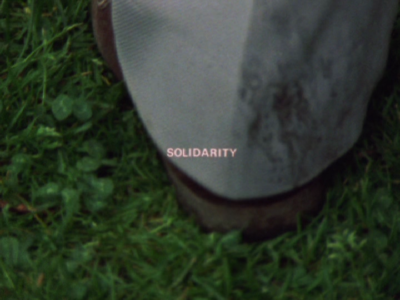

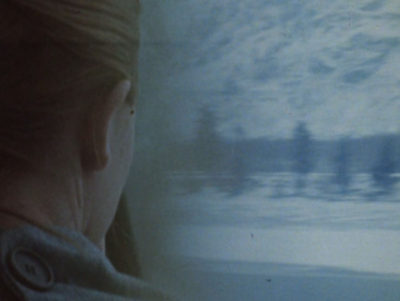
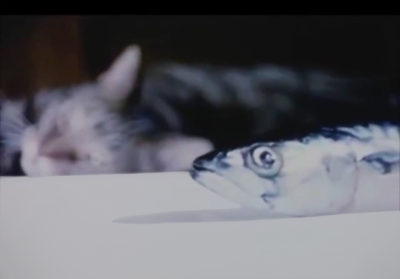

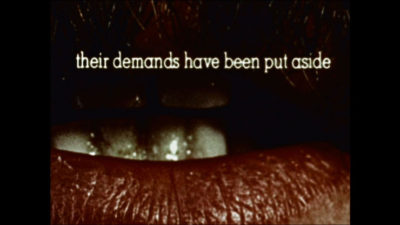
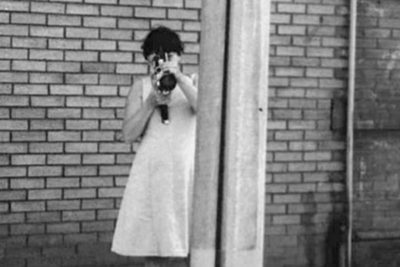
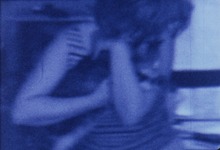

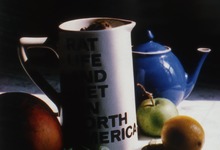

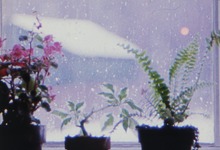


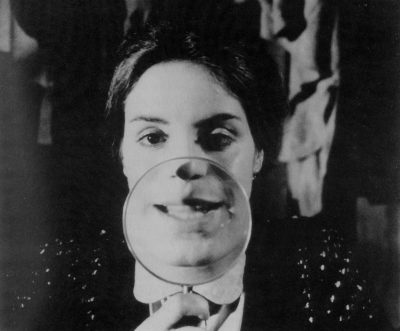
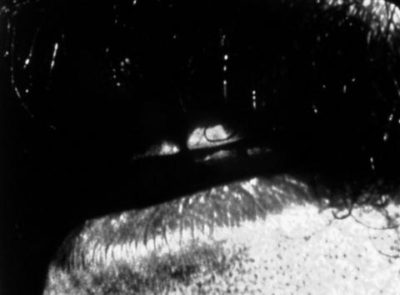
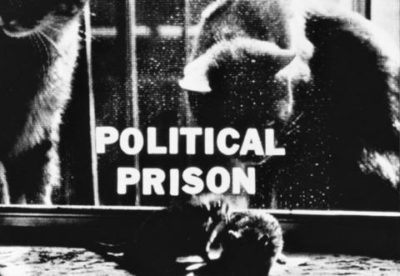
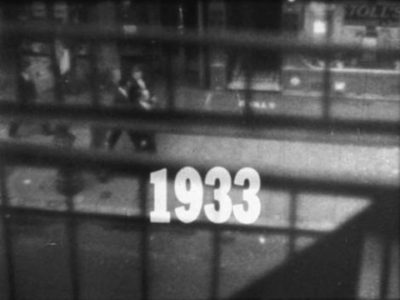
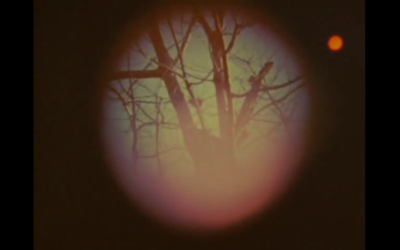
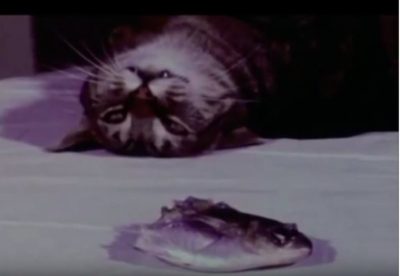


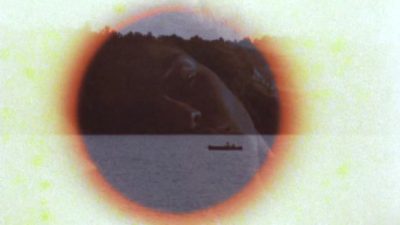


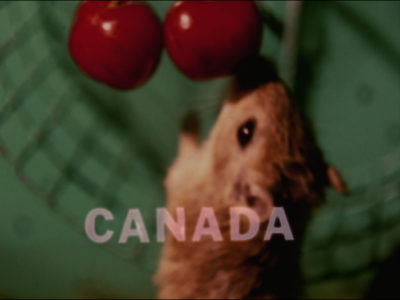

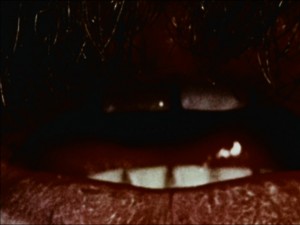
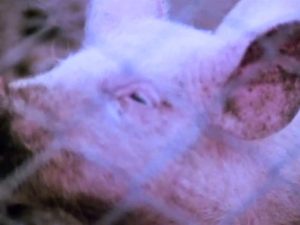
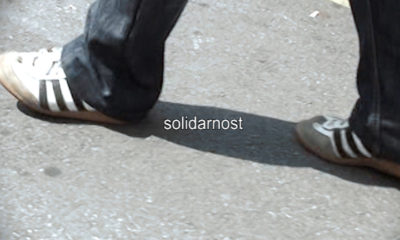
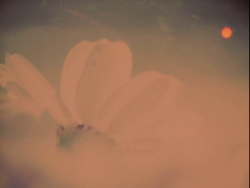
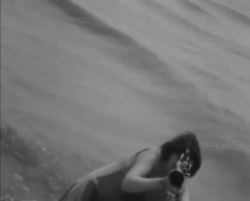
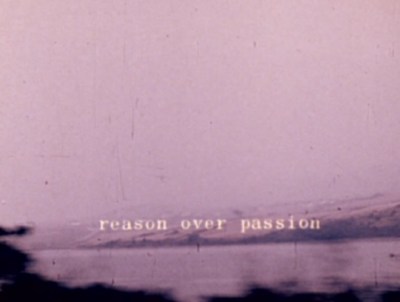
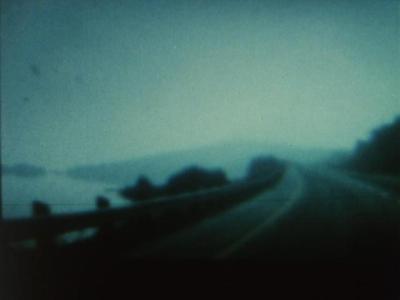


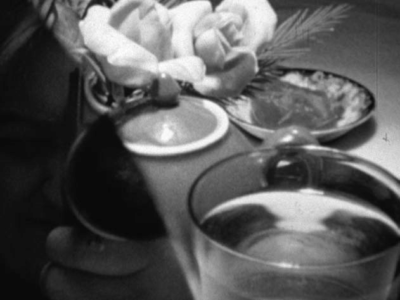
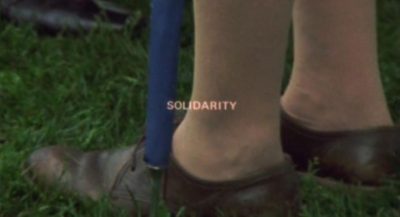
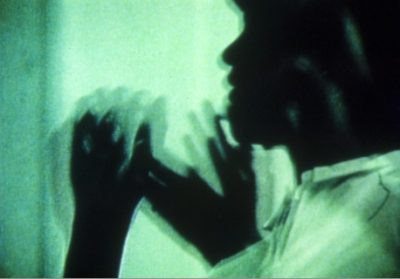
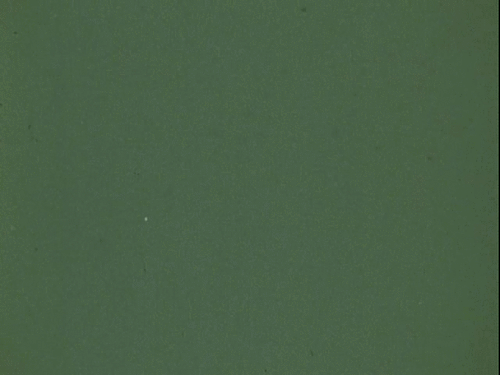
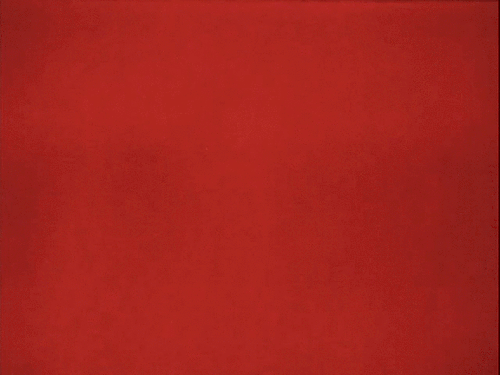

____
Further
Joyce Wieland @ IMDb
Joyce Wieland @ Light Cone
Joyce Wieland @ The Film-makers Cooperative
Classic Films by Joyce Wieland
The protean vision of Joyce Wieland
NEGOTIATING THE NATION: The Work of Joyce Wieland 1968-1976
Joyce Wieland: Word of Mouth
JOYCE WIELAND: Interview and Notes on “Reason Over Passion” and “Pierre Vallières”
Joyce Wieland: A Life in Art
Book: ‘The Films of Joyce Wieland’
Dive into Joyce Wieland
A Simple Crush: Tom Thomson and Joyce Wieland at the McMichael
Imagining and Visualizing “Indianness” in Joyce Wieland’s The Far Shore and True Patriot Love
Remembering a trailblazer
____
Extras
CBC The National – Remembering Joyce Wieland
Johanne Sloan on Joyce Wieland
Joan Borsa – “Joyce Wieland’s Party”
____
Bill’s Hat
from Cinematheque Quebec
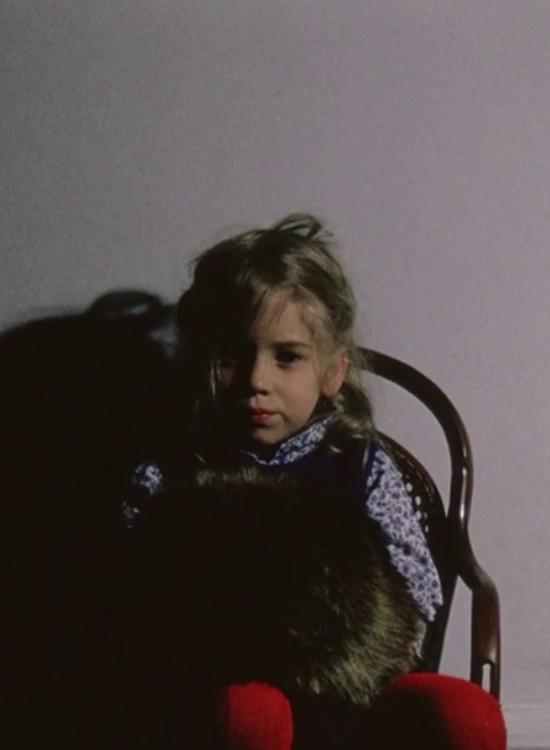
Watch the film portion of ‘Bill’s Hat’ here
Bill’s Hat was a live cinema event performed twice in 1967, once at the experimental Toronto film festival Cinethon at Cinecity on Yonge Street in August (which had commissioned the film with a $1,000 prize), and again at the Art Gallery of Ontario in November. As biographer Jane Lind describes,
“…This idyllic film was only a part of the whole performance of Bills’ Hat, which included an altar with a hundred candles and pots of flowers. From the ceiling hung a pillow shaped like a heart. A woman lay silently on top of a piano with the hat on her belly. Besides the 50-minute movie projected on a screen, four simultaneous slide show featured the “hundreds” of people wearing the hat, and some of those sitting in the audience had small hand-held projectors that projected images on the backs of others. Strobe lights did for the eyes what the sound did for the ears, music from two live bands, Stu Broomer’s Kinetic Ensemble and The 25th Hour, a rock band that included Joyce’s nephew, Keith Stewart.”
The press release from the AGO (imaged below), and Wieland’s conversation interview with journalist friend, Wendy Michener (from the CQ archives, below), give the clearest accounts of her performance and film, as Wieland describes how she filmed and photographed hundreds of people wearing her old raccoon hat, including Jackie Burroughs, Jack Bush, Jean Sutherland Boggs, Judy Lamarsh, A.Y. Jackson, Timothy Leary, and Graeme Ferguson, whose son, Munro appears as one of the idyllic children in the opening sequence.
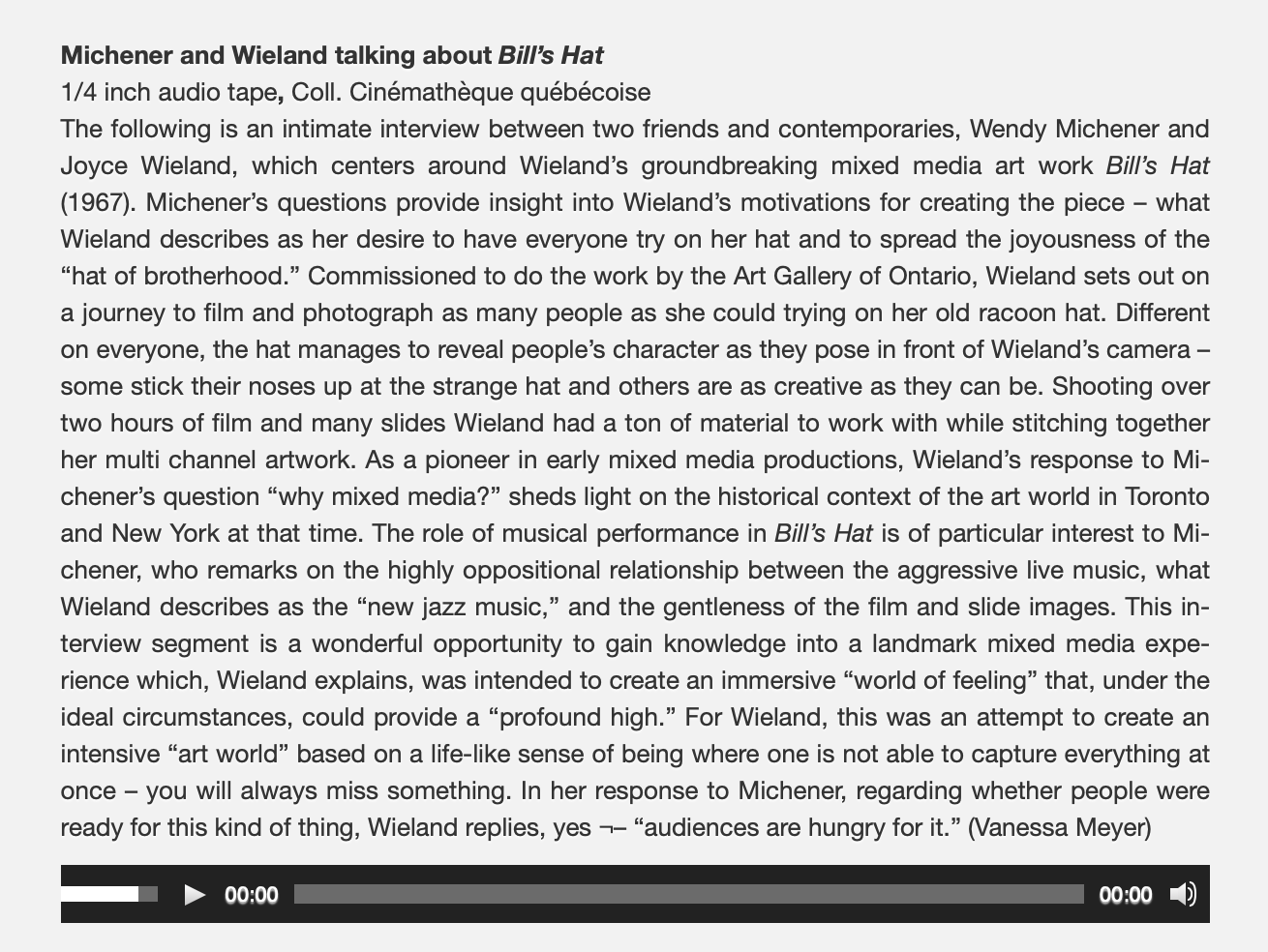
Hear Wieland’s and Michener’s conversation here
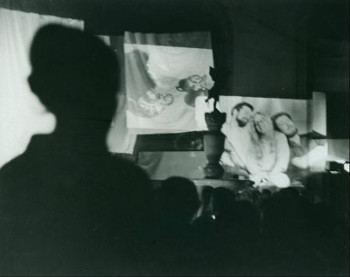
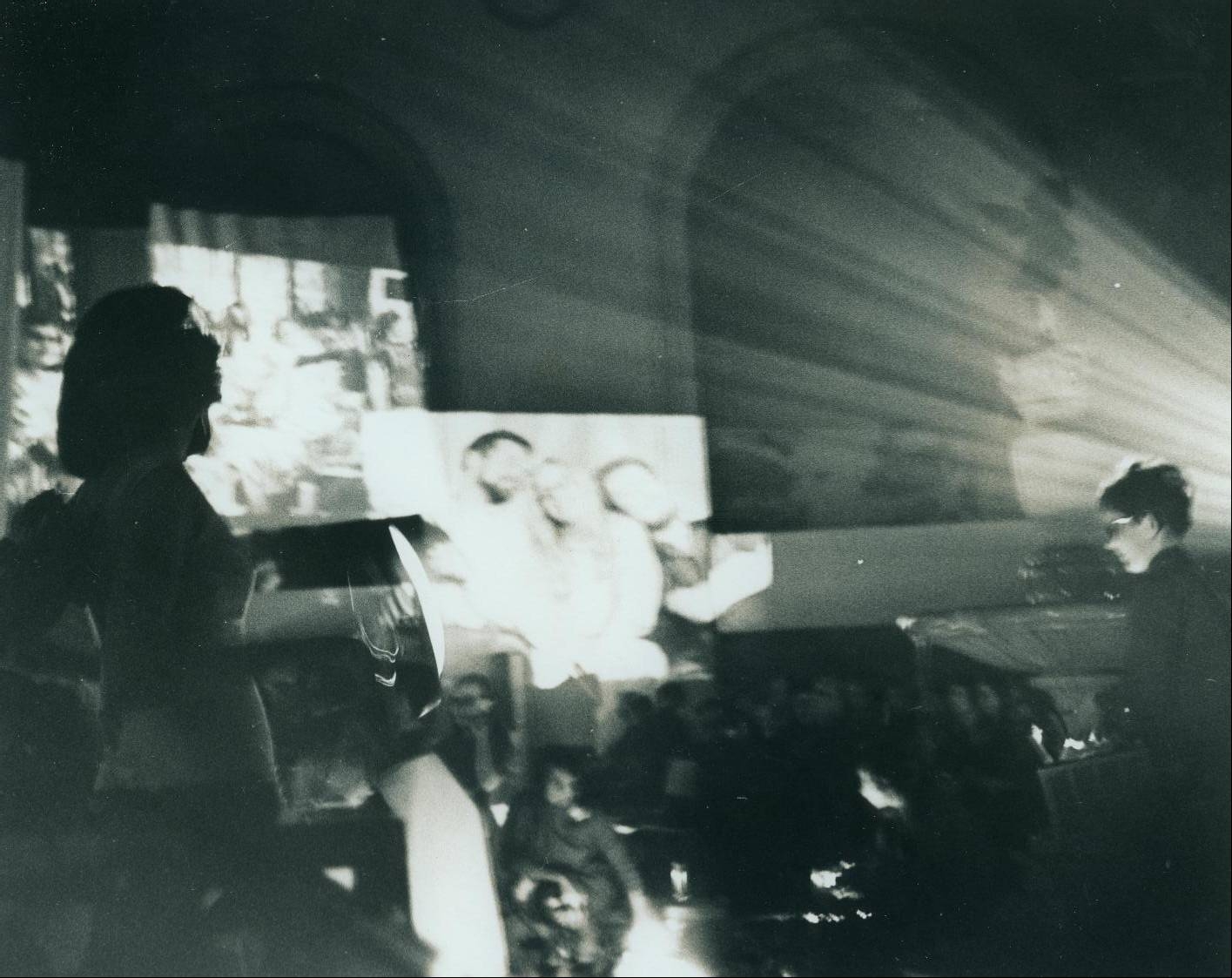
Wieland describes in the AGO press release, “The whole film (and slides) are non-art portraits of people in which they do what they want with this hat – and therefore, act or stand in front of my camera. It’s only love: therefore it can’t harm you.” As described in her interview, which offers a complex portal into the cultural politics and lexicons of the 1960s, she observes that people’s personalities were revealed as they donned the hat, embracing and enacting completely new persona, or just sticking it on top of their heads without much reaction.
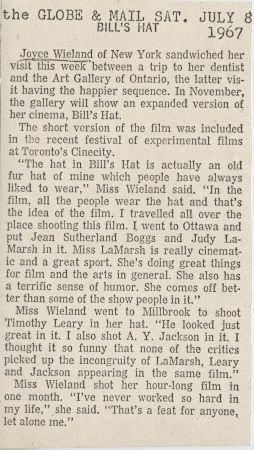

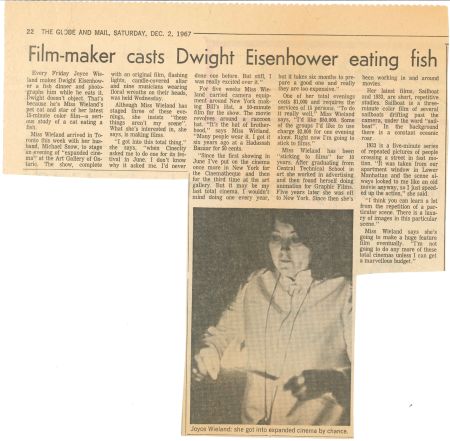

____________
14 of Joyce Wieland’s 18 films
____________
Peggy’s Blue Skylight (1964)
‘Filmed in Joyce Wieland and Michael Snow’s loft in New York, the film covers a day of friends visiting, writing and drawing from noon of one day to dawn the next day. The soundtrack was done by Paul Bley. The 16mm film is a blow-up of grainy 8mm stock.’ — Light Cone
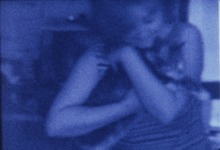
______________
Water Sark (1965)
‘I decided to make a film at my kitchen table, there is nothing like knowing my table. The high art of the housewife. You take prisms, glass, lights and myself to it. “The housewife is high” WATER SARK is a film sculpture, drawing being made while you wait.’ — J.W.
‘Joyce Wieland surpasses philosophy. She has achieved a capacity for whimsy, and becomes divine. She cannot help but laugh out loud, also I recommend her knockers.’ — Ken Jacobs
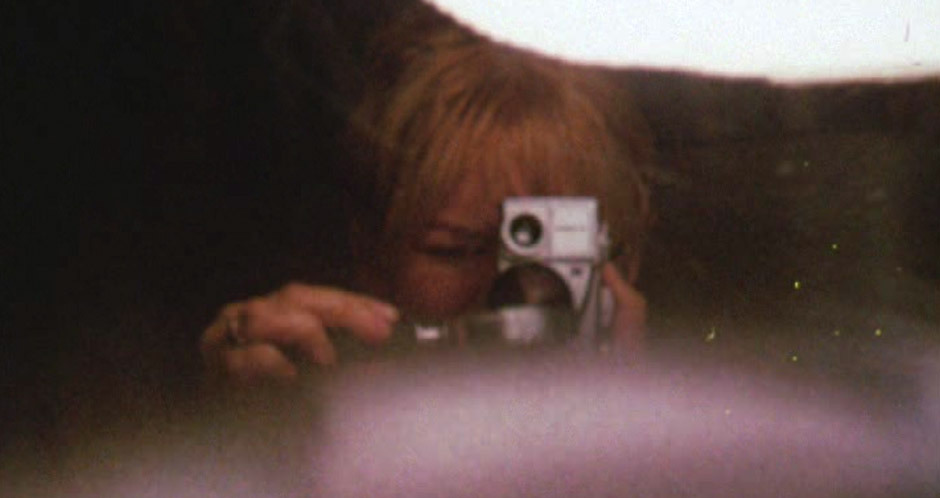
______________
Patriotism, Part II (1965)
‘Patriotism and Patriotism Part II are ironic portraits of American culture created through careful composition in an intimate setting. In both short films, Wieland plays with iconic objects in American culture, such as the flag, the Statue of Liberty and the hot dog, subverting their meaning and influence. While these symbols are used playfully and ironically, they ultimately reflect on power relationships and domination. This is also the case with Rat and Life in North America, where the story reveals Wieland’s concerns about the economic control and political influence of the United States over Canada. It is important to note that while these films are political they maintain a sense of personal exposure, exemplified by the final text in Patriotism Part II, where the filmmaker discloses her feelings toward the actor.’ — Uloz.to
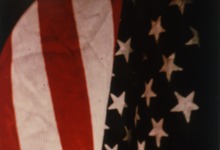
_____________
Sailboat (1967)
‘This little sailboat film will sail right through your gate and into your heart. “SAILBOAT has the simplicity of a child’s drawing. A toy-like image of a sailboat sails, without interruption on the water, to the sound of roaring waves, which seem to underline the image to the point of exaggeration, somewhat in the way a child might draw a picture of water and write word-sounds on it to make it as emphatic as possible. … Joyce Wieland makes a very special kind of film. The same sense of humor, tenderness and feeling for the more humble details of life that is present in her paintings and plastic constructions are given further dimensions in her films. There is somewhat of a sense of sadness and nostalgia in all her work … a sense of lost innocence.” – Robert Cowan, Take One “The word SAILBOAT is supered over the entire film. It’s an innocent static referent for the artist’s assisting of passing sailboats. 1933 used naming in another way. This led to her discovery of new possibilities for subtitles, used extraordinarily in RAT LIFE and extended to an even more uncompromising use in the supered meter-like permutations of REASON OVER PASSION. A day at the Beach, at the Sea, at the Sky and at the Sailboats.’ — Michael Snow
the entirety
Joyce Wieland’s ‘Sailboat’ presented on the Museum Ship Alexander Henry.
_____________
Cat Food (1967)
‘A cat eats its methodical way through a polymorphous fish. The projector devours the ribbon of film at the same rate, methodically. The lay of Grimnir mentions a wild boar whose magical flesh was nightly devoured by the heroes of Valhalla, and miraculously regenerated next morning in the kitchen. The fish in Wieland’s film, and the miraculous flesh of the film itself, are reconstructed on the rewinds to be devoured again. Here is a dionysian metaphor, old as the West, of immense strength. Once we see that the fish is the protagonist of the action, this metaphor reverberates to incandescence in the mind.’ — Hollis Frampton
the entirety
___________
w/ Hollis Frampton A and B in Ontario (1967)
‘Hollis and I came back to Toronto on holiday in the summer of ‘67. We were staying at a friend’s house. We worked our way through the city and eventually made it to the island. We followed each other around. We enjoyed ourselves. We said we were going to make a film about each other – and we did.’ — Joyce Wieland
the entirety
_________
1933 (1968)
‘1933, made between 1967 and 1968, offers a street scene shot in New York City in the late 1960s from a loft window on the second floor. This shot, filmed mostly in fast motion but occasionally slowed to normal speed, is repeated in its entirety 10 times and is accompanied by dissonant raucous music, evoking the silent-film-like humour in fast motion human movement.’ — Medien Kunst Netz
the entirety (Sonorisation: Edoardo Casali)
___________
Hand Tinting (1967-1968)
‘…is the apt title of another short film made from outcuts from a Job Corps documentary which features hand tinted sections. The film is full of small movements and actions, gestures begun and never completed. Repeated images, sometimes in color, sometimes not. A beautifully realized type of chamber-music film whose sum-total feeling is ritualistic.’ — Robert Cowan, Take One
Excerpt
___________
Rat Life and Diet in North America (1968)
‘I can tell you that Wieland’s film holds. It may be about the best (or richest) political movie around. It’s all about rebels (enacted by real rats) and police (enacted by real cats). After long suffering under the cats, the rats break out of prison and escape to Canada. There they take up organic gardening, with no DDT in the grass. It is a parable, a satire, an adventure movie, or you can call it pop art or any art you want – I find it one of the most original films made recently.’ — Jonas Mekas

____________
Reason over Passion (1968)
‘Reason over Passion is one of Joyce Wieland’s most renowned experimental films– a cross-country travelogue, political satire, modernist experiment— which embodies many of the themes recurrent in her rich, diverse and extensive oeuvre. It was inspired by a speech given by then Canadian Prime Minister Pierre Elliott Trudeau, in which the phrase “reason over passion” was meant to be a strategic goal for Canada’s future and the possibility of some sort of unity between the French and the English. To Joyce Wieland, however, as a woman, as an artist (who worked with textiles undervalued as women’s craft not high art), and as a passionate Canadian nationalist, “Passion over Reason” described more of her own approach to art and life.’ — La Quinzaine
Excerpt
___________
w/ Michael Snow Dripping Water (1969)
‘You see nothing but a white, crystal white plate, and water dripping into the plate, from the ceiling, from high, and you hear the sound of the water dripping. The film is ten minutes long. I can imagine only St. Francis looking at a water plate and water dripping so lovingly, so respectfully, so serenely. The usual reaction is: ‘Oh, what is it anyhow? Just a plate of water dripping.’ But that is a snob remark. That remark has no love for the world, for anything. Snow and Wieland’s film uplifts the object, and leaves the viewer with a finer attitude toward the world around him; it can open his eyes to the phenomenal world. And how can you love people if you don’t love water, stone , glass?’ — Jonas Mekas

_____________
Pierre Vallières (1972)
‘He delivered three essays, without stopping, except for reel change and camera breakdown: 1) Mont Laurier; 2) Quebec history and race; 3) women’s liberation. Everything which happened is recorded on film. It was a one-shot affair, I either got him on film or I missed. What we see on film is the mouth of a revolutionary, extremely close, his lips, his teeth, his spittle, his tongue which rolls so beautifully through his French, and finally the reflections in his teeth of the window behind me.’ — JW
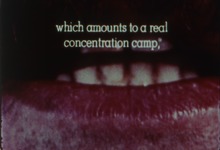
____________
Solidarity (1973)
‘The 11-minute film Solidarity documents a strike at the Dare Cookie factory in Kitchener, Ontario. A single shot of the feet of the workers walking through grass is combined with the voice of a female striker relating the issues at stake over a loudspeaker. Throughout the entirety of the film the word SOLIDARITY is superimposed over the image.’ — Robin Curtis
the entirety
_____________
Birds at Sunrise (1986)
‘Birds at Sunrise, shot by Joyce Wieland in the early seventies but only recently finished, is a minimalist nature movie with a playful sensibility; it consists entirely of shots of birds taken through a camera attached to a cardboard tube.’ — MUBI
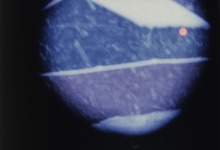
*
p.s. Hey. ** kier, Hey, k! Thanks, buddy. No, the plumber blew me off the second time too, the fucker. Trying to find a new one. My weekend was good. Saw two of the Sunn0))) nights, which were amazing, of course. And other things that I’m forgetting. I like that word ‘showbaren’. I don’t know if I should translate it and lose my dreams about it. Okay, I’ll put ‘COoS’ on the way back burner. I saw the FB thing about that party you’re doing. Very cool. I used to really like Jungle at the time. I don’t think I got too far into the deep nooks and crannies of the genre. I’m only remembering pretty obvious practitioners like Goldie, Tom and Jerry, Photek, LTJ Bukem, Metalheads, Omni Trio, … It should make for a fun, jittery party, I think. Wish I could be there to hang and nod my head frenetically. Love, moi. ** David Ehrenstein, Ah, so that’s why Dreyer was suddenly being referenced repeatedly in my FB feed yesterday. ** Sypha, I thought I remembered you having a cordial relationship with jigsaw puzzles. There was a time that I was pretty into the very early Norman Mailer books — ‘The Naked and the Dead’, ‘Armies of the Night’, ‘Advertisements for Myself’, ‘Of a Fire on the Moon’ — but there was some point where I got kind of bored of his thing/voice, I think when his books started becoming behemoths. So I don’t know most of his stuff. I think I read ‘The Executioner’s Song’, but I don’t remember it well, and I don’t think I even tried to read anything after that. ** Barkley, Hi, Barkley! Very good to see you! Yeah, the 3D/model puzzles are what made my fingers twitch the most when I was gathering stuff. Oh, wow, that’s crazy cool that you made a sticker and even drew me in the first place. Yeah, of course, I’d love to see it, for sure. Wow, thank you! I’m a sticker! How are you doing? ** Nick Toti, Hi, Nick. Sweet! I’m happy and more to get to see your new film. Thank you kindly. Everyone, Excellent filmmaker Nick Toti, whose films have premiered on this very blog, in fact, has … Well, he’ll explain. Nick: ‘I recently finished a new video made with some classical musician friends of mine. Thought I’d share it if you/anyone else would like to see: here.’ Highly recommended, folks! Yeah, I think Anne D. Williams is supposed to be the world expert on jigsaw puzzles or something. Really nice jigsaw stories. Thanks. Each is spinning fiction in my head. Thanks again. Hope all’s great. ** _Black_Acrylic, Hi. Well, I’m glad ‘The Lighthouse;’ gave you pleasure. It was my most disliked film of last year. I wanted to grow giant hands and strangle the movie screen, and your response is much more fun. The new Malick, however, is truly incredible, I agree with expat Harry. ** Steve Erickson, I suspect intra-Democratic have been plenty nasty in the past, just without the internet as its catnip and loudspeaker. I was just an early teen at the time, but even I remember there being a lot of high, bad emotions flying wildly around when it was Eugene McCarthy vs. Robert Kennedy vs. Hubert Humphrey battling for the nomination. Typing anything about Sanders, pro or con or indifferent, in social media right now is asking for your own private world war III. ** Misanthrope, I’m imagining you can probably find jigsaw puzzles galore for 10 cents a piece at any thrift store these days, so your need is no doubt an easily quelled one. People online becoming instant-bereavers at every famous death is the least of the problems out there, if you ask me. Ouch, yikes, about that nerve. Uh, ice pack? Uh, xanax? ** Bill, A little too nuts. Too nuts to actually play/solve. Or I don’t know. I’d like to watch someone try to put it together. On FF. Oh, right, that’s the new Winterson. I’ve liked things by her, but I haven’t read her stuff since the 90s, I don’t think. Hm. ** Damien Ark, Hi, Damien. Wow, I guess, yeah, DND stuff would be valuable. I think I must have mentioned that I went to university with the guy who invented DND. He was inventing it while he was there. He was considered to be extremely weird. And he was. And now he must be a multi-billionaire or something. Strange. Dude, it would make him very, very proud, you know that. Oh, you can send that MLT fan fiction thing anywhere, no copyright issues. I have your back. And, yeah, definitely I would be ultra-curious to read it. Thank you, pal. ** Okay. Here’s another amazing filmmaker whom you may or may not not know due to the general terribleness of the movie distribution and release situation in the wold right now. She’s wonderful. Explore her work, please. See you tomorrow.




 Now available in North America
Now available in North America 
Joyce Wieeland’s work is marvelous. “La Raison Avant La Passion” is her masterpiece and of especial interest today as Pierre’s babe-a-licious son is now Canada’s Premier.
Joyce appears in at least one of the sequences in her ex-hubster’s masterpiece “Rameau’s Nephew bY Diderot (thanx to Denis Young) by Wilma Schoen”
I’d never heard of Joyce Wieland prior to this showcase, but these films are indeed alluring. I’ll put forward her name to that Dundee Critical Forum group I’m involved with as there’s a definite local interest in this kind of experimental cinema.
Latest FaBlog: Pete All Of A Sudden
Another fascinating artist I knew nothing about until now! “Cat Food” and Hollis Frampton’s quote about it were especially enjoyable.
And I’m glad you think so, making them was certainly fun! It was the first time seeing what I’d drawn digitally turn into something physical which was sort of spellbinding.
https://pbs.twimg.com/media/EP-w46WXkAEVQqo?format=png&name=900×900
It’s about the size of a post-it note except a little longer. I ended up trying to make it reminiscent of your Little Caesar zines and now one currently sits in the back of one of my sketchbooks as inspiration or something, haha.
I’m alright, I just celebrated my 21st birthday a few days ago so that was both weird and exciting… how about you? Hope things have been going well with your gallery!
Wieland’s feature THE FAR SHORE startled me by being a completely conventional narrative film.
I can picture Democratic infighting in 1968 being as bad, if not worse than the present, but we’re constantly getting told we’re living through a bad rerun of the polarization of the late ’60s.